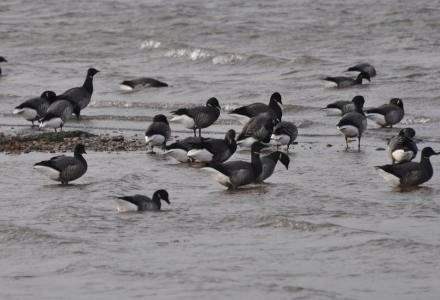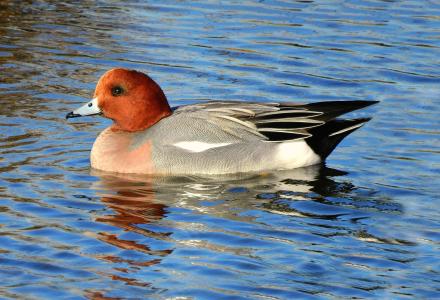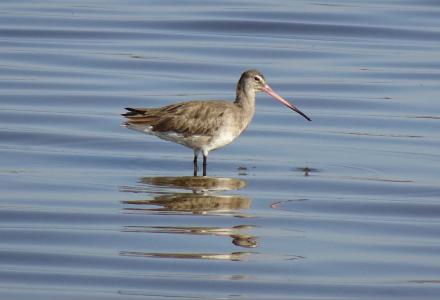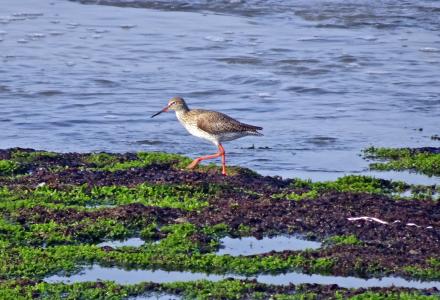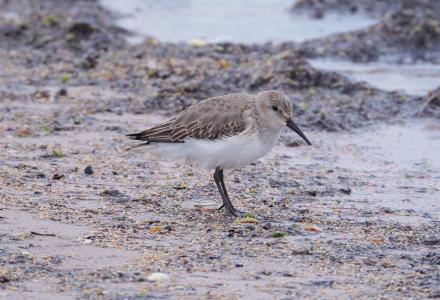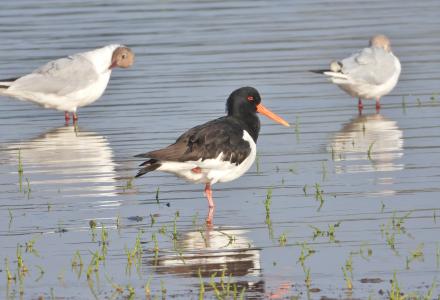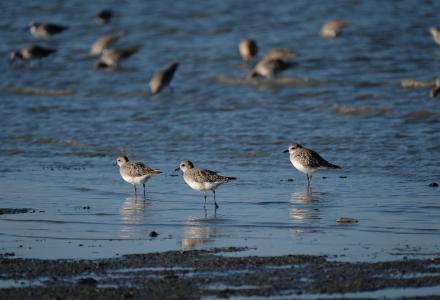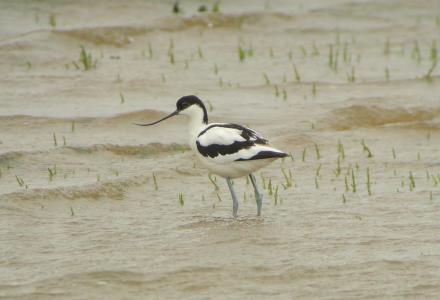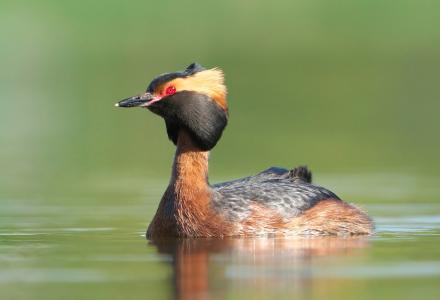The Exe Estuary is designated as a Special Protection Area (SPA) in recognition of it's international importance as a wintering ground for a diverse community of over 20,000 waterbirds.
Waders including Black-tailed Godwit, Dunlin, Redshank and Lapwing flock to the habitat these nature reserves provide. The seagrass bed between Exmouth and Lympstone provides feeding grounds for thousands of Dark-bellied Brent Geese and Wigeon. And at Dawlish Warren, the Wildlife Refuge and secluded bight provide winter sanctuary for Oystercatcher, Dunlin and Grey Plover.

